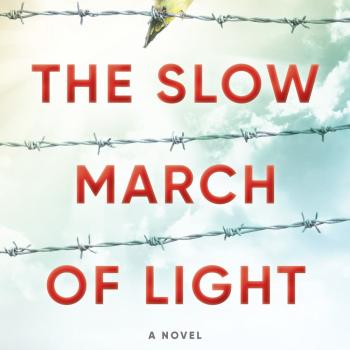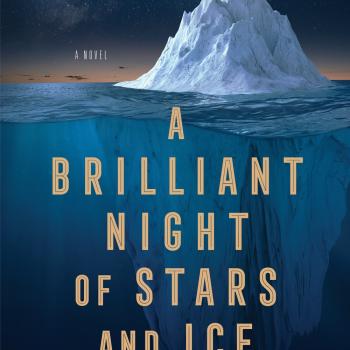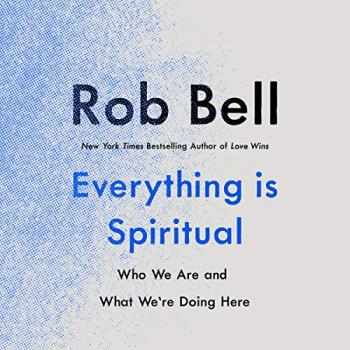Editor’s Note: As part of our current Patheos Book Club on Adam Taylor’s new book Mobilizing Hope: Faith-Inspired Activism for a Post-Civil Rights Generation, we invited a handful of “modern mobilizers” to share their stories of how they are mobilizing hope in their communities. This post is from Lauren Selbert, ACT:S Advocacy & Campaign Fellow.
Some love the hearts, the chocolate, the chance to actually show a little sweetness in this cynical culture of ours. Some hate the fluffery and frillery and fakeness (as they see it). Either way, Valentine’s Day gets a ton of attention every year. Why not take the opportunity to channel some of that attention toward a cause you care about?
Lydia Bullock, a junior at the Corcoran College of Art in Washington, D.C., sees Valentine’s Day as a perfect chance to reach out to people. A year ago, she had helped start the club Corcoran Students Against Human Trafficking at her school, and the group built their first activism campaign around Valentine’s Day 2010. This year, they plan to do it again.
In the original campaign, the group linked up with Georgetown and George Washington University students to make Valentine’s Day cards to pass out on campus and around D.C. Inside the cards were statistics and facts about slave labor, fair trade, and the cocoa industry.
“DON’T BUY CHOCOLATE FROM STRANGERS. This Valentine’s Day, consider fair trade,” one card read, listing some statistics on labor and where most of the world’s chocolate comes from (West African nations). They also created a “Don’t Buy Chocolate From Strangers” campaign Facebook page.
The Corcoran art students held several parties to make the Valentines, letting their creativity go wild. Everyone found an individual way to contribute. For instance, graphic design students helped create some graphics to put inside the cards. “They were all hand-made by different art students,” says Bullock. “It was something fun we could all do by hand. We’re all kind of art- and creative-driven, and a lot of people contributed new ideas.”
The week of Valentine’s Day, students from all three universities walked around D.C., passing out the cards. They went to metro stops, Safeway and CVS stores, and more, handing out Valentines and leaving them in the candy and chocolate aisles in stores. They distributed several hundred Valentines total.
This year, Bullock and her team will repeat the campaign and focus more intensely on passing out Valentines around their own campus. For the artsy Corcoran students, the Valentine technique has been a great way to connect with people unaware of the fair trade issue.
“Creativity plays a big role in activism, in thinking of a new way to hear old information,” says Bullock. “When an issue seems overpowering–an issue like labor trafficking–if you can be creative about it and find a way everyone can participate, even in small ways, it can still have an impact on some level.”
How to jazz up your Valentine’s Day campaign:
- Throw a party at someone’s house to make the Valentines. Have food, play music, show a film– turn it into a social event.
- Let individual creativity take over! A writer could plan out what the insides of the cards should say; a photographer could make cards out of photos; an artist could paint or draw designs; a graphic designer could create printable cards. Endless options.
- Bring your campaign to the attention of the media (a local paper, student newspaper, etc.); see if they’ll publish a story on it.
- ALTERNATE IDEA: If it’s too late for your group to do a Valentine’s Day campaign, think ahead to the next holiday: Easter! Corcoran’s student group also did an Easter Egg hunt around campus, with a piece of fair trade chocolate and a message inside each egg.
- When it’s all over, eat some (fair trade) chocolate. It makes everything better.












